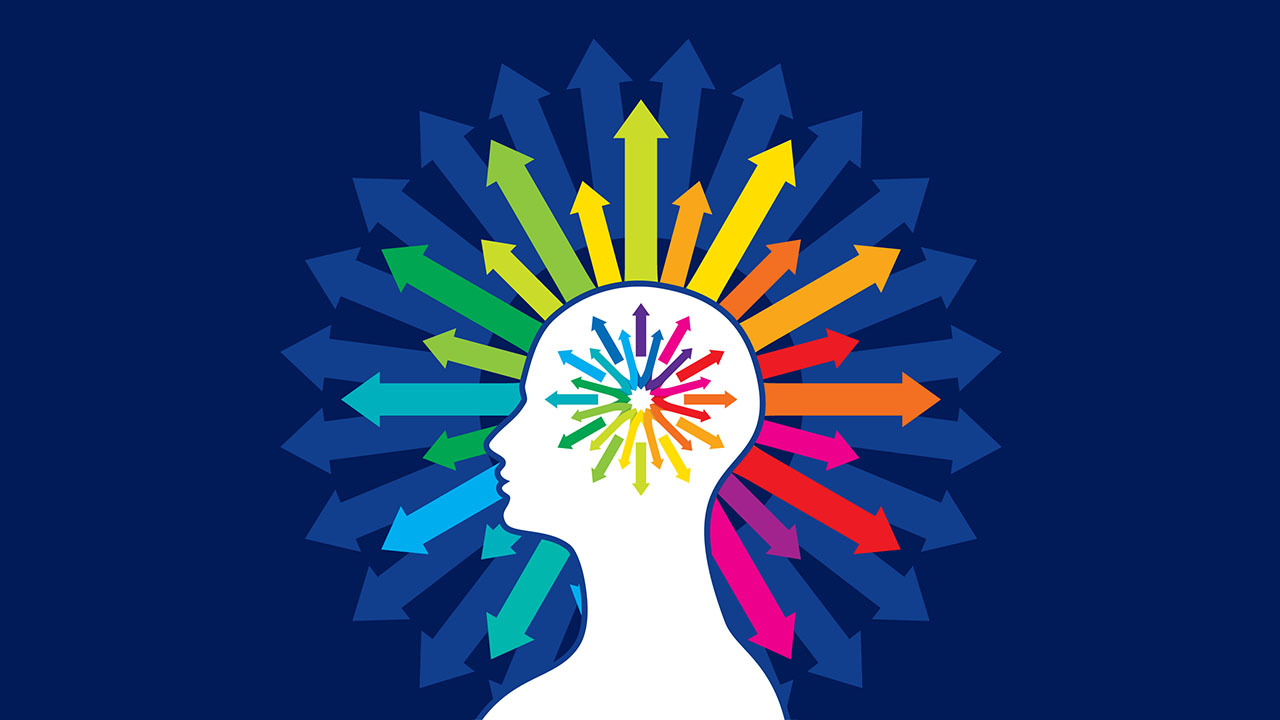
The Colors of Your Website Matter
August 19, 2016
Understanding how people perceive color and how it affects them is important in a world with so many options and so little time. We all have just a few seconds to make a first impression, and in business, it’s done by what we see – specifically the colors we see. It takes 90 seconds for a customer to form an opinion about a product and 62 to 90 percent of that decision is based on color.
Color in Real Estate
Of course, you can’t change the color of your product. Houses (and their walls) come in all shapes and sizes, but you know that certain colors do better than others. Everyone has that story of the lime green bedroom or the bright pink bathroom that made buyers look forward to the next showing. The last thing you want is anyone having that reaction when they first discover you or your website.
As a real estate professional, you aren’t a product but you are a brand. Since many people will discover you through your online presence, you have more control over their perception of you than you realize. The first impression is often the one that lasts. Paying attention to the colors you use on your website, in your brand, and in your logo can affect how potential sellers and buyers perceive you.
What Colors People Like
It’s important to realize that everyone has their own individual preferences in color. While someone may hate your fuchsia and lime website, someone else will love it. Unless you’re trying to grow the fuchsia and lime niche market, you definitely need to consider how the general public perceives color when you’re building a website and putting your brand together.
Women, in general, prefer blue, purple, and green. Pink is not an overwhelming favorite, despite what many women’s magazines may think. For the most part, women don’t like gray, orange, or brown. Men like blue, green, and black and don’t like purple, orange, and brown.
Those are based on general preferences. It doesn’t mean you can’t use purple or orange (although probably not together) to have a great website. But understanding color preferences can be very useful in determining how to create a broader appeal or to target your ideal demographic.
What Colors Mean
Color preference may not matter at this point. Your logo may be something you can’t change, and you have to incorporate it into your website. Knowing how different colors are perceived and what they mean, in terms of psychology, is equally important. If you’re working with three big colors, you may want to highlight only one of them (especially if your logo has both fuchsia and lime).
Here are the most common colors and their general meanings:
- Red – power and importance
- Blue – trust, peace, order, loyalty
- Yellow – happiness and fun; warning or caution
- Green – nature, growth, environmental, outdoors
- Orange – fun, impulsiveness, haste
- Purple – luxury, romance, mystery
- Black – value, sophistication, classic
- White – simplicity, cleanliness, open
- Gray – formal, melancholy
Because of its meaning, blue is a popular color among big brands. Chase, Facebook, Twitter, and a number of other companies come to mind immediately. Red is another popular choice – think CNN, Bank of America, etc.
Choosing Your Colors
You don’t have to stick with red or blue, though. Frankly, if you want to stand out from the crowd, you may want to go in a completely different direction. When used correctly, many other colors can convey positive meaning and help grow your brand.
It’s important to choose colors that complement each other and work well on the screen. When you’re designing your website, go online and take a look at brands you love and their website. How do you feel when you’re on those websites? How do you want potential buyers or sellers to feel when they’re on your website?
Once you figure out those answers, start searching out colors and color combinations that can help you create those feelings for visitors. Don’t be afraid of white space on your website, either. White is good for more than how it makes people feel. It also makes your blog easier to read and let’s the brighter colors you choose stand out on the screen.
Bright colors have their place on websites, too. They do well as call-to-action buttons or offers. The eye is drawn to brighter colors making it easier for people to take advantage of your offer – or to fill out a form for more information.
Designing a website is more than slapping your name and logo on the page and moving on. While the content you add is important, you’ve got to get people’s attention and get them stick around. The colors you use and how you use them is the first step in building your website and your online brand.

By Michaela Mitchell
Former Communications Director for a local Realtor Association and a big cheerleader for all things real estate related, Michaela is now a full-time freelance writer specializing in real estate and other business industries. When she's not writing the serious business-y stuff, she's likely to be found writing about the hilarity of being a Mom to two rowdy boys.
